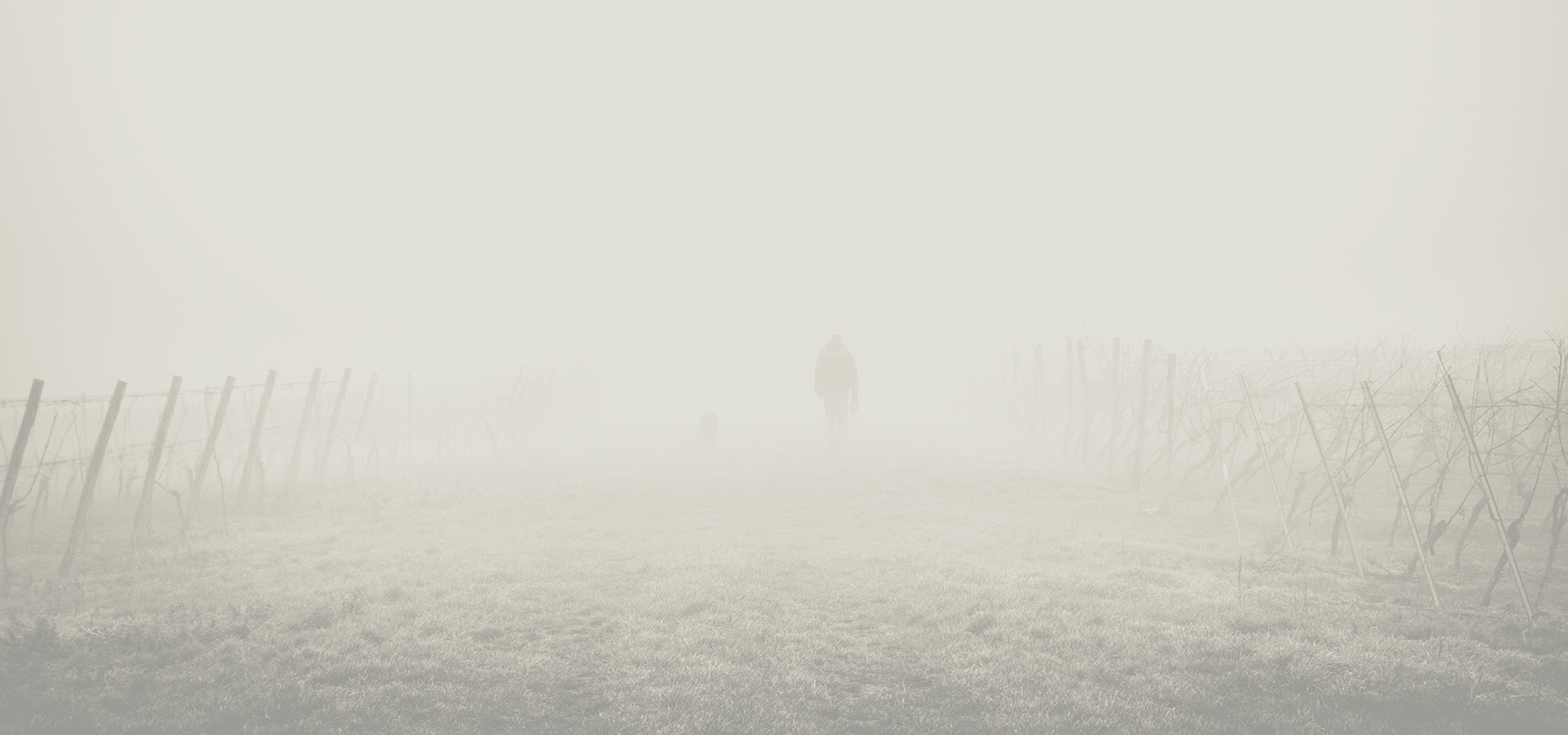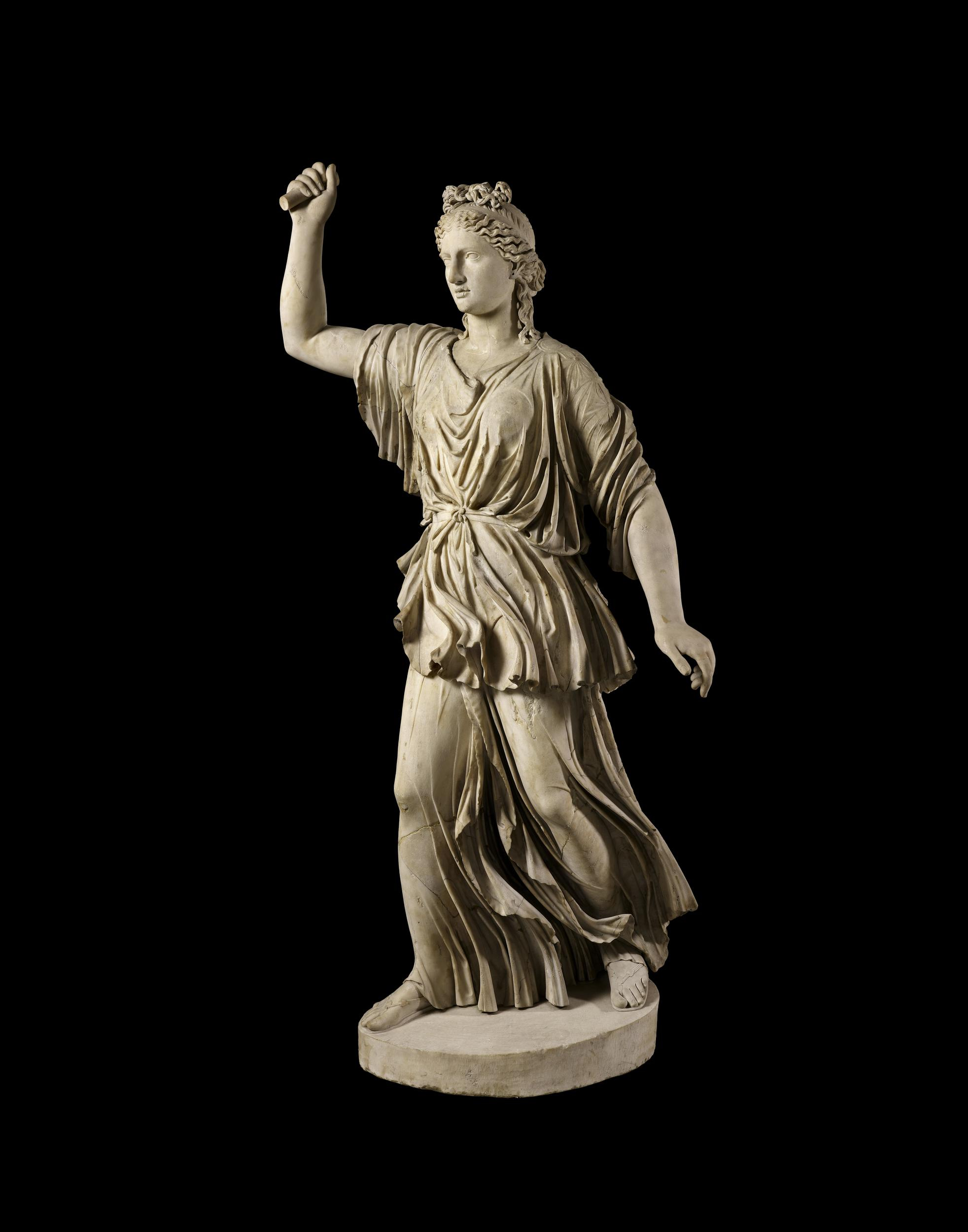Lorem ipsum dolor sit amet, consectetur adipiscing elit. Morbi eu nulla vehicula, sagittis tortor id, fermentum nunc. Donec gravida mi a condimentum rutrum. Praesent aliquet pellentesque nisi.


Marble statue restored in the 18th century as Diana. The head is ancient, but may not belong to the torso, which could also represent Minerva.Cultures/periods Roman Production date 1stC (probably) (probably) Findspot Excavated/Findspot: La Storta
Europe: Italy: Lazio: La StortaMaterials marble DimensionsHeight: Height: 1.82 metresWidth: Width: 60 centimetresDepth: Depth: 96 centimetres (including outstretched arm) (including outstretched arm)Curator’s commentsCook 2013, nr. 93:
Townley’s description; ‘A Statue of Diana, the size of life, draped, and in the action of throwing a javelin, or of holding a torch, as the Diana Lucifera; which of these characters originally belonged to this Statue is uncertain, most part of the arms being restored; it most probably was the latter, from the hair being tied on the top of the head in imitation of flames, as it is seen on medals, and other monuments’ (TY 12/3). ‘The dress of the hair, like that of Apollo and Bacchus, is part tied in a lump close behind the head, and part in a knot on the top of the head, resembling flames, allusive to the illuminating and vivifying qualities of these divinities, who preside over day and night’ (The first Townley Inventory, statue 6).
The head, which may well represent Diana, does not belong with the body: it is slightly smaller in scale, and the tenon is certainly too small for the mortice in the neck of the statue. Bieber identified the body as a running Athena or perhaps Artemis.
The body was ‘found in May 1773 in a vineyard on the side of the hill betwixt the Villa Pamphili and Saint Peters’ (TY 10/2, fo. 24r). In a document compiled about 1777 (TY 10/8) Townley states that the statue was found in ground adjoining the Villa Pamphili outside the Porta S. Pancrazio, which amounts to the same thing. In 1778, however, when d’Hancarville described a number of sculptures in their initial locations in Park Street (TY 16/27), he gave the provenance as La Storta. It is not clear whether he or Townley was originally responsible for this error, but it appears again in TY 10/3 (fo. 16) and was repeated in later documents including 1804 Parlour Catalogue, where it was accepted at face value by Smith and then by later scholars relying on his Catalogue. La Storta seems to have been an imaginary findspot (Neudecker 213, n. 6).
Bought from Jenkins in July 1773 for £250 (TY 8/74/9; cf. TY 10/5-7; TY 12/1; TY 10/3, fo.16; ST 1, fo. 15v). Restored in Rome in late 1773-January 1774 (TY 7/324-5, 5 and 19 January 1774). In his bill Jenkins identified the figure as ‘Attalante’, and in the ‘Union Catalogue’ Townley at first accepted this name in his list of purchases from Jenkins (fo. 15v). When, however, Townley came to transcribe a later bill for shipping expenses, where Jenkins used the same term (TY 8/74/13), he substituted ‘Diana’ (‘Union Catalogue, fo. 42r). In his letters Jenkins sometimes referred to the statue as ‘the Lady’ (TY 7/325-7, 19 January and 16 and 2 February 1774), and it was not until October 1774 that he agreed that the subject was probably Diana (TY 7/339). The statue was shipped on Success in 1774, the head in case 18, the body in case 24 (TY 8/74/13).